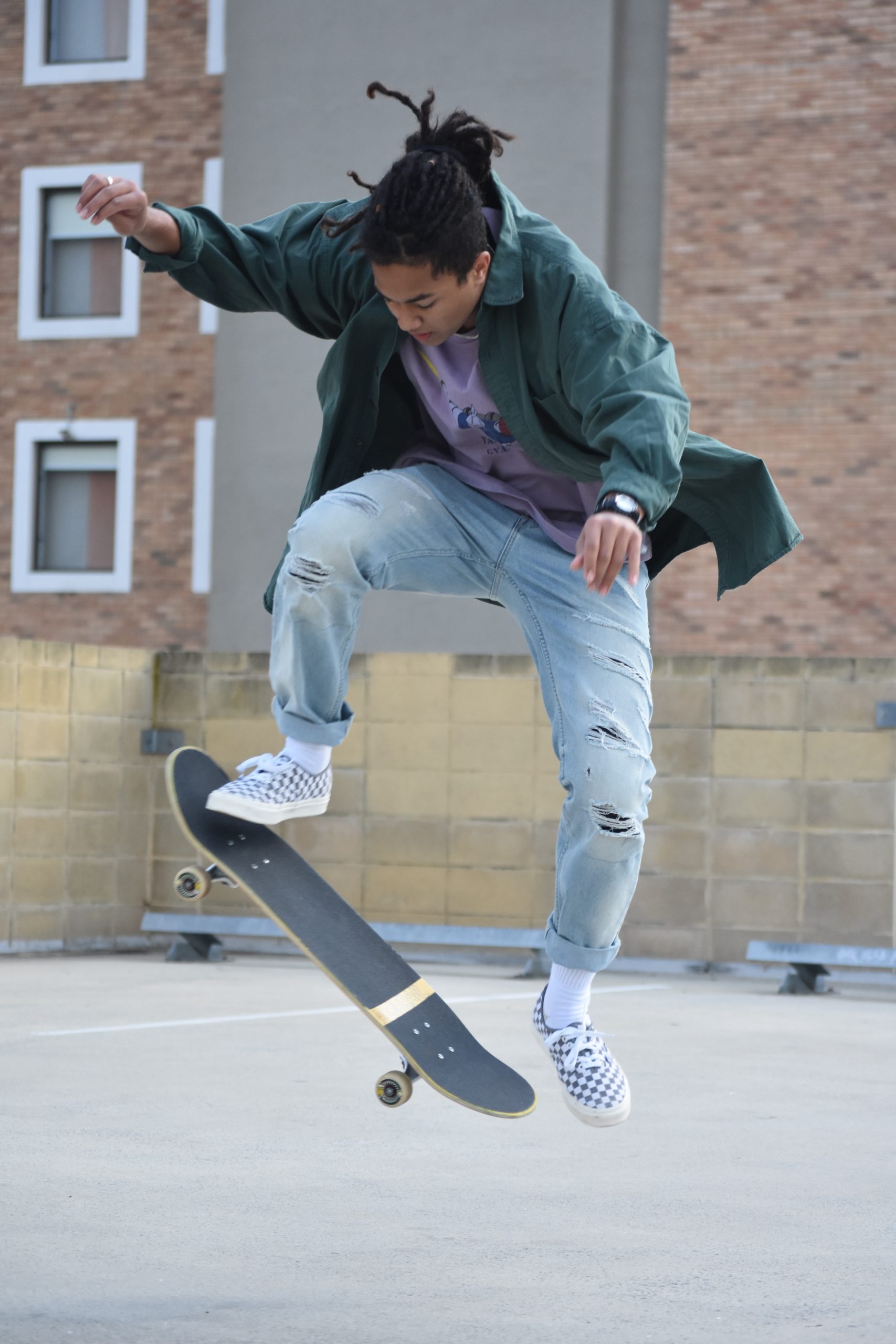By Kaleigh Werner, Assistant Editor in Chief
As we saw from this year’s Met Gala, “In America: A Lexicon of Fashion,” celebrities such as Ella Emhoff, Justin Bieber, Rihanna, etc. paid homage to streetwear style and its culture. For years we have witnessed the anticipation of Off-White’s new drop or Nike’s new Air Max, watching as people rush to the stores and order online in time before they sell out. Even while some brands raise costs to increase exclusivity, people continue to pay the price to style and showcase these contemporary pieces.
From brands like Stüssy and Supreme to collaborations with luxury fashion designers such as Louis Vuitton and Stella McCartney at the Met Gala, streetwear fashion has transformed casual essentials into designer pieces since the 1970s.
According to the article “001 Defining Streetwear” from the Streetwear Impact Report, artists Jean-Michel Basquiat and Keith Haring infused contemporary art with street art, exploring questions of “who was able to access art and who it was for.” At the same time, hip-hop and rap artists were challenging traditional forms of music to sound more authentic to their experiences.
Black creators, artists and musicians paved the way in streetwear designs and have continued to define the future of streetwear according to an article by Cassius. Specifically, Willi Smith was one of the first individuals to create this type of brand with his brand Williwear Limited. Smith drew from the culture of his hometown Philadelphia and aspects of the hip-hop scene to create cool and unique items that everyone wanted to wear.
Heading into the 1980s, streetwear designers began exclusively developing and designing styles for hip-hop and rap artists that were denied from working with well-known, popular designer brands. Dapper Dan, a streetwear designer in the 80s, notably headed this trend in New York City. The main location for the emergence of streetwear took place in Harlem, New York, where Dan was from. Yet, designers such as Hiroshi Fujiwara and Nigo, also both DJs, began the movement for streetwear in Japan during the 80s as well. Graffiti-inspired designs were being printed onto basic staples to represent this new culture of music, as well as the emerging skateboarding scene and the style became what we know as streetwear fashion today.
Consumers have always demanded comfort in the clothes they buy. The growth of streetwear has fostered and incorporated this demand by creating signature designs, but placing them on articles of clothing such as footwear, t-shirts, and hoodies that people can actually wear every day. However, streetwear fashion today maintains its casual nature, but has added more elements of exclusivity and luxury. For example, Supreme collaborated with Louis Vuitton to make their box logo red hooded sweatshirt, a backpack, and other accessories. Many streetwear brands have followed suit in these types of collaborations, but have also generated their own richness and demand through the growth of their brands. While this does mean that most brands have increased their prices, straying from what designer Smith tried to avoid, people still line up and fill the streets outside of these stores to get their hands on the latest looks in streetwear fashion.

